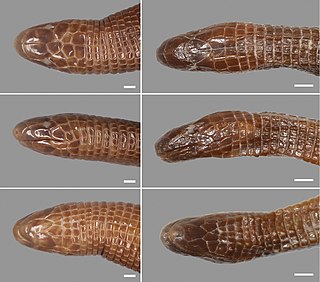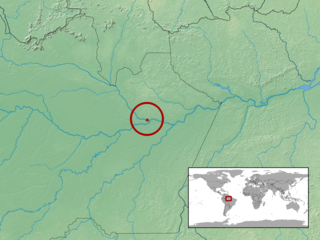 W
WLang's worm lizard is a species of amphisbaenian in the family Amphisbaenidae. The species is native to Southern Africa. There are two recognized subspecies.
 W
WLepidosauromorpha is a group of reptiles comprising all diapsids closer to lizards than to archosaurs. The only living sub-group is the Lepidosauria: extant lizards, snakes and tuataras.
 W
WOsteoderms are bony deposits forming scales, plates or other structures based in the dermis. Osteoderms are found in many groups of extant and extinct reptiles and amphibians, including lizards, crocodilians, frogs, temnospondyls, various groups of dinosaurs, phytosaurs, aetosaurs, placodonts, and hupehsuchians.
 W
WRomeriida is a clade of reptiles that consists of diapsids and the extinct protorothyridid genus Paleothyris, if not the entire family Protorothyrididae. It is phylogenetically defined by Laurin & Reisz (1995) as the last common ancestor of Paleothyris and diapsids, and all its descendants. It is named after Alfred Romer, a prominent vertebrate paleontologist of the twentieth century.
 W
WSlater's worm lizard (Amphisbaena slateri) is a species of amphisbaenian in the family Amphisbaenidae. The species is endemic to western South America.
 W
WSlevin's worm lizard (Amphisbaena slevini) is a species of amphisbaenian in the family Amphisbaenidae. The species is endemic to northern South America.
 W
WSphenodontidae is a family within the reptile group Rhynchocephalia. Most members of this family are only known from fossils but there is one living member, the tuatara from New Zealand. They were a quite ecologically diverse group, ranging from terrestrial carnivores and insectivores (Sphenodon) to aquatic herbivores (Ankylosphenodon) and durophagy (Oenosaurus).
 W
WThe Turkish worm lizard is a species of amphisbaenian in the family Blanidae. The species is native to Southeast Europe and the Middle East. There are two recognized subspecies.